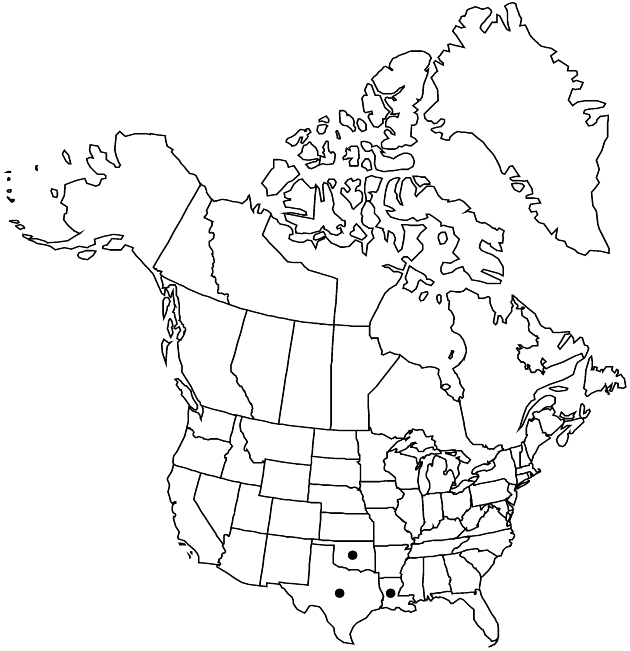Cirsium engelmannii
Fl. Rocky Mts., 1069. 1917.
Biennials or monocarpic perennials, 40–200 cm; taproots and clusters of coarse fibrous roots that often have tuberlike thickenings. Stems single, erect, often branched above middle, thinly arachnoid-tomentose, ± glabrate; branches few, ascending. Leaves: blades elliptic or ovate, 5–20 × 1–10 cm, usually deeply pinnatifid, lobes narrowly to broadly triangular, sinuses broad, rounded (basal and distal cauline sometimes less divided, lobes linear-lanceolate), margins revolute, spreading, entire or spinulose to remotely few-toothed or sharply lobed, main spines slender, 1–5 mm, abaxial faces white-tomentose, adaxial green, villous with septate trichomes or glabrate; basal usually absent at flowering, winged-petiolate, bases tapered; principal cauline well distributed, gradually reduced, bases narrowed, sometimes weakly clasping; distal reduced, widely separated, distalmost bractlike. Heads 1–10+, borne at tips of main stem and branches. Peduncles 2–20+ cm, essentially naked with much reduced bracts. Involucres ovoid to broadly cylindric or campanulate, 2.5–3.5 × 2–3 cm, thinly arachnoid. Phyllaries in 10–12 series, strongly imbricate, greenish with subapical darker central zone, ovate (outer) to lanceolate (inner), abaxial faces with narrow glutinous ridge; outer and middle entire, bodies appressed, spines abruptly spreading to deflexed, slender, 2–4 mm; apices of inner phyllaries narrow, flexuous, flattened, entire or finely erose. Corollas pink to purple (white), 32–38 mm, tubes 15–20 mm, throats 6–9 mm, lobes 8–11 mm; style tips 5–6 mm. Cypselae brown, 5–6 mm, apical collars yellow, ca. 1 mm; pappi 25–30 mm. 2n = 18 (as C. terrae-nigrae), 20 + 1B.
Phenology: Flowering spring–summer (May–Jul).
Habitat: Tallgrass prairies, old fields, roadsides, oak savannas, forest edges, in calcareous clay or rarely sandy soils
Elevation: 50–200 m
Distribution

La., Okla., Tex.
Discussion
Cirsium engelmannii occurs mostly in the blackland prairies of eastern Texas. It ranges northward into southeastern Oklahoma and eastward to northwestern Arkansas.
Selected References
None.